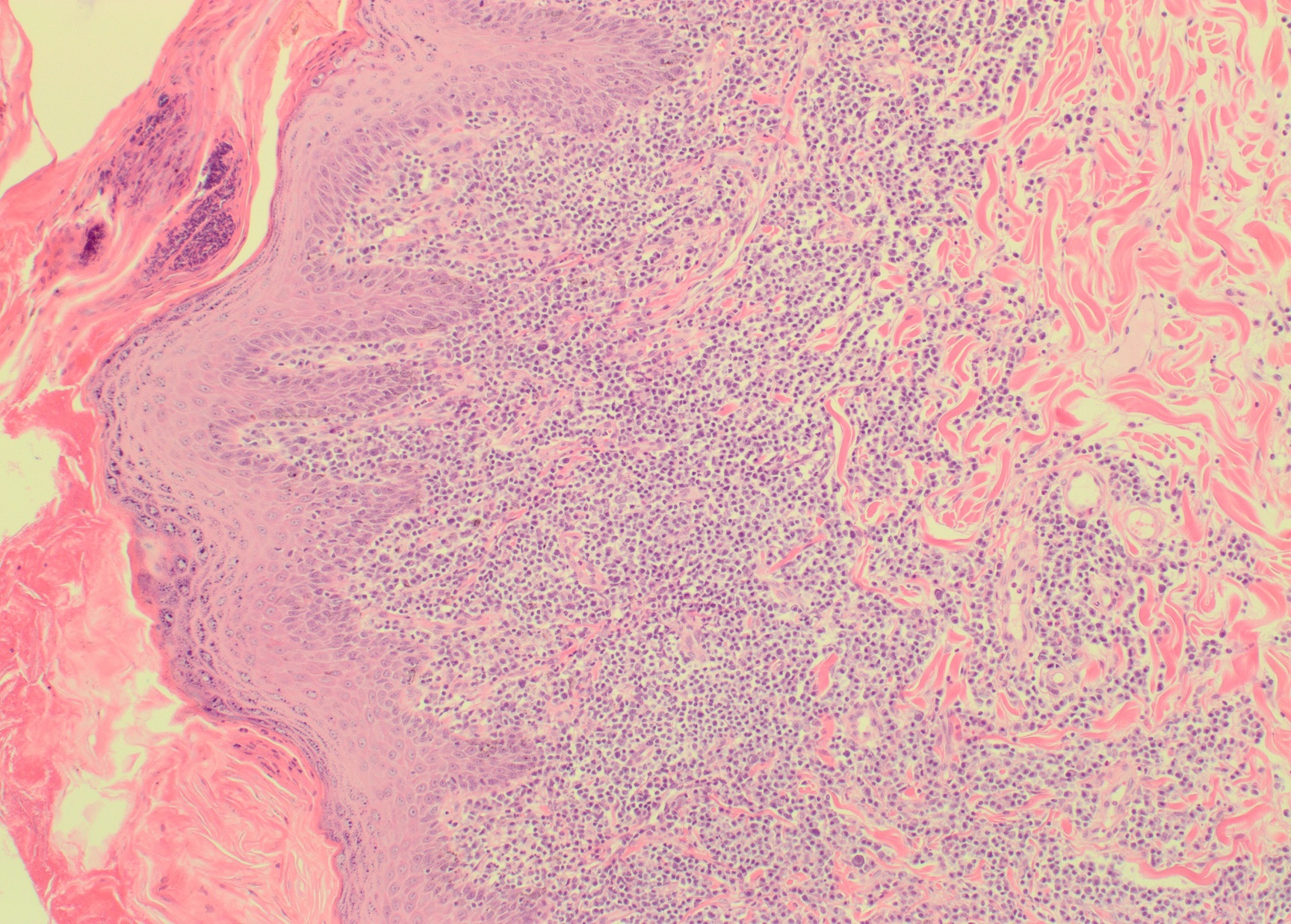Species: All
Specimen: Fixed tissue (1:10 tissue:formalin)
Container: Sample pottle
Collection protocol:
Skin tumours and other specimens in which surgical margins are to be evaluated should be kept as intact as possible. While we understand that you may wish to incise through the deep or lateral margin in order to assess the adequacy of excision at the time of surgery, this has the disadvantage of causing the margin to retract during fixation, making assessment of the margins difficult and sometimes impossible.
- If masses are very large, accept that there may be some delay in processing while we wait for the specimen to fix.
- Certain sites require special approaches. For example, with splenic masses the most diagnostic site to sample is the margin between the mass and apparently normal spleen, since the centre is usually composed of blood. On the converse, the centre of lytic bone lesions should be sampled rather than the periphery, which might just be reactive bone.
- Be careful not to crush the specimen with either your fingers or forceps.
- You may use sutures or non-water-soluble inks to identify the margins. Allow the specimen to dry slightly or blot with tissue paper, gently apply ink sparingly over the entire surgical margins (avoiding any area you have sliced into) and blot the ink dry before placing the sample in formalin.
- Under no circumstances should needles be used to identify specimens or to fix specimens to cardboard to keep them straight. If you wish to orientate a specimen, use sutures to tie to cardboard if required, or just allow the specimen to dry slightly on cardboard over 30-60 seconds before putting it all in formalin.
- When submitting several lumps, place them in separate jars and label appropriately according to site; or alternatively, make sure they are clearly marked in some other way (e.g. sutures/ink) so that any specimens that have dirty margins can be identified. Otherwise if one is incompletely excised, you may not know at which site to perform further surgery.
- Do not squeeze samples into containers. Once fixed, they become firm and may be impossible to remove without cutting the specimen or the container.
Special handling/shipping requirements:
All samples must be shipped in leak-proof, sealed containers with appropriate labelling (i.e. UN number). Sample containers and shipping materials can be ordered from your local Awanui Veterinary laboratory. For more information, see Histopathology – General Information
Comparison with other related tests: See – Skin Disease Investigations – Histopathology.

